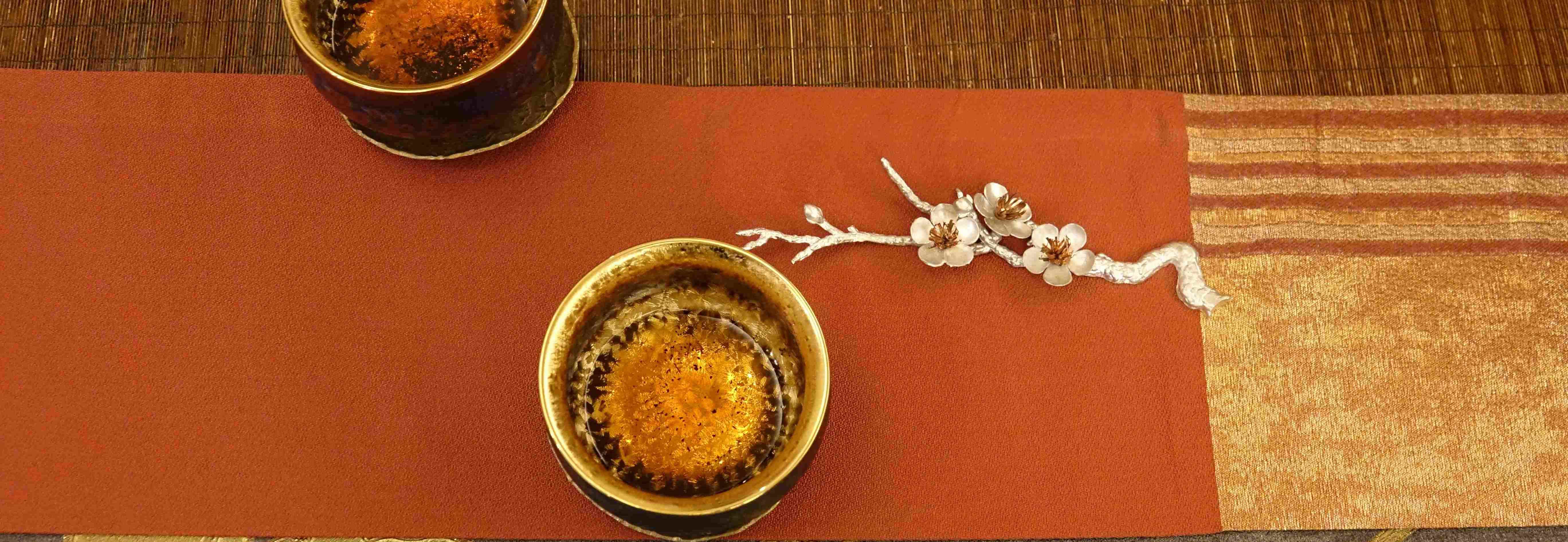famous Taiwanese literary and art worker and music critic
editor
producer
President of the Taiwanese Centre of ITI under UNESCO
To introduce a new branch to an old trunk representing the tradition of thought several thousand years old is easier said than done. Yet no matter whether we speak about the realms of thought, literature, fine arts, music or religion, Yu Hsi’s achievements are all both unique and remarkable. Moreover, historically there have been but a few people who managed to bring about a new era in so many fields simultaneously.
…
Starting from The Purple Gold-Wrought Robe, Yu Hsi has given his readers a completely new view of the religious literature – he has turned the philosophy into arts. The basic religious practices work with the simple logic of the “confusion” and “belief”, the more complex religious theories contain wisdom that can be attained through intellect and awakening, but the most advanced realm is the return to a state of sovereignty and easiness which follow the enlightenment. Because enlightenment is the supreme realm/state of mind to be achieved, it is impossible to explain or describe through language. The only way to achieve communication on this level is to turn towards the inexhaustible sense of beauty distributed through literature and music. Upon each reading, Yu Hsi’s elegant and polished literary style brings different sights and experience. Just like listening to a grand symphony, when the unity also encompasses diversity and perpetually offers pure and fresh perceptions and experience.
…
What is especially unique is the fact, the starting from The Purple Gold-Wrought Robe, Yu Hsi’s literary works have been linked up with music. Just The Purple Gold-Wrought Robe itself has been turned into “spring, summer, autumn, winter” four symphonic poems and based on [the second novel] Prabhutaratna eight composers are writing eight different compositions for individual solo instruments; even this work is now almost finished… At the present moment as many as 20 literary works by Yu Hsi have been turned into music and recorded, moreover, composers are currently working on even more adaptations. Looking over the history of world music, it can be said that such an enormous systematic production is the only one of its kind.
(‘From Renaissance to Baroque and to Modernity: Ekaikarasa Literature has broken the silence of the last three hundred years’)








